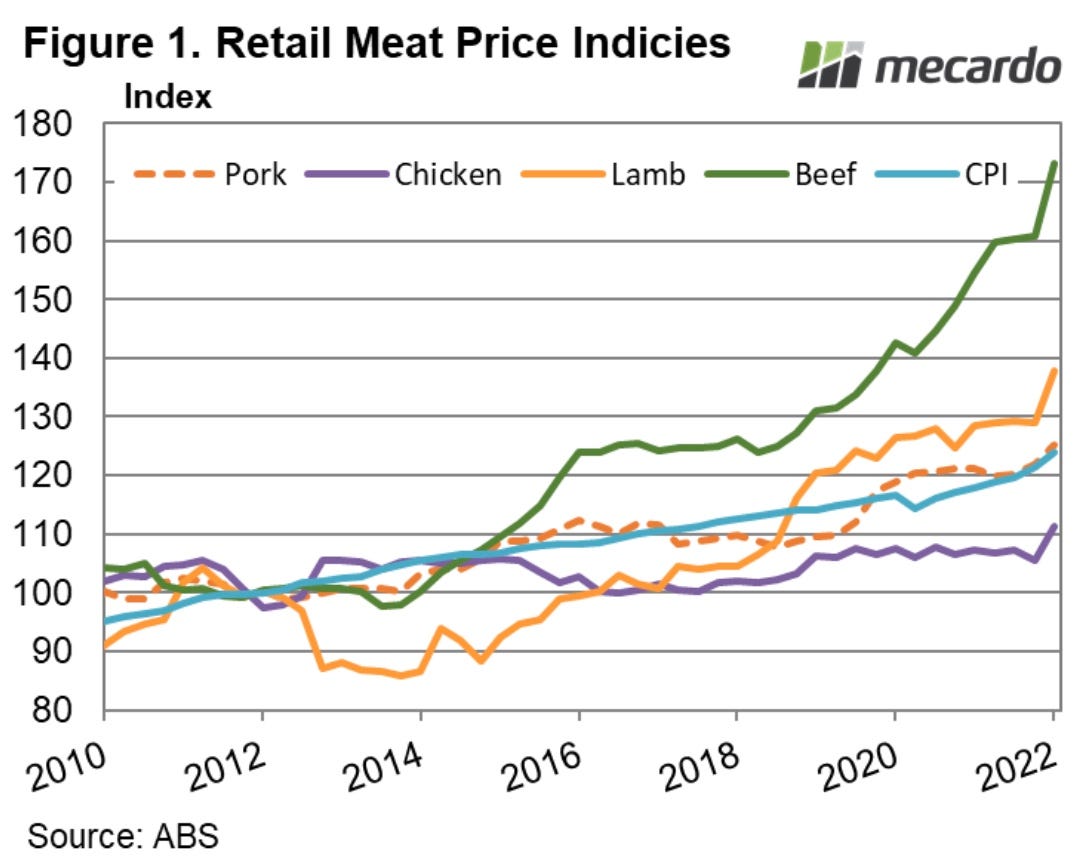Ankle Weights Died, Carnivore Thrives
The Difference Between Fads and Fundamentals
“I remember as a kid playing with my Dad’s ankle weights. I thought they were so cool, and I thought I’d end up getting bulging muscles in my legs (Like Lou Forrigno in the TV show The Incredible Hulk).”
Mr. Skeptical lets out a loud guffaw, while I glare at him.
Subconscious Fat at 30,000 Feet
Every decade has its health gimmicks. The 1970s and ’80s gave us ankle weights: those sand-filled straps you’d Velcro to your legs, promising that every step would become a calorie-burning miracle. The idea was seductive — exercise without extra effort.
Now, fast-forward to today. At first glance, you might lump the carnivore diet into the same bucket: another shiny promise, another shortcut. But there’s a fundamental difference. Ankle weights were an artificial add-on with no evolutionary grounding. Carnivore, on the other hand, isn’t new at all — it’s arguably one of the oldest human eating patterns, deeply embedded in our physiology and history.
Mr. Skeptical sighs and folds his arms. “So wait — steak for breakfast, lunch, and dinner isn’t a fad, but Velcro sandbags on your ankles were? Sounds like someone’s trying to rationalize their ribeye habit.”
“It’s not about rationalizing. It’s about distinguishing between cultural gimmicks that flame out and nutritional strategies with deep biological roots.”
Subconscious Fat at 10,000 Feet
Let’s start with ankle weights. The logic was straightforward: add resistance to your legs, and you’ll burn more calories. But the human knee and ankle weren’t designed to lug around dangling weights with every step. The result? Joint stress, tendon injuries, and orthopedic clinics filled with weekend warriors who thought they were “hacking” fitness. Studies from the early 1980s confirmed the damage (Mayo Clinic reports, 1984). The fad died as quickly as neon headbands.
Now look at carnivore. Strip away the modern marketing, and what you see isn’t new at all. For millennia, humans thrived in environments where animal protein and fat were the most reliable sources of nutrition. Northern Europeans drank milk and ate beef. Pastoralist cultures built their biology on meat and dairy. This wasn’t a gimmick; it was survival.
With his arms still folded, Mr. Skeptical adds, “Sure, but survival diets don’t necessarily equal optimal diets. People back then weren’t exactly hitting 85 and running marathons.”
“True, but context matters. Lifespan was shortened by infections, violence, and lack of medical care, not by ribeye. The real insight is that our guts, enzymes, and metabolisms evolved in a meat-centric world. When people today shift to carnivore, many report reduced autoimmune symptoms, stable blood sugar, and steady energy — not because it’s magic, but because it removes mismatched modern foods (think industrial seed oils, refined carbs, ultra-processed blends our ancestors never encountered).”
Subconscious Fat at Eye-Level
Back in 1982 (while I was a kid playing Space Invaders or Asteroids on the Atari 2600), office workers would strap on 5-lb ankle weights and clomp around the copier, convinced that every step was a calorie bonfire. What they really got was cartilage damage. The “burn” was just irritation disguised as progress.
Now, picture someone today standing in their kitchen. Instead of chasing superfoods, powders, and endless supplement stacks, they eat ribeye, eggs, butter, maybe some salmon. They aren’t adding gimmicks to their lifestyle; they’re subtracting complexity. The feeling of clarity, reduced hunger, and freedom from decision fatigue isn’t a placebo — it’s the brain and body running on the kind of fuel it’s been designed for across human history: animal fat!
Mr. Skeptical unfolds his arms but keeps staring at me side-eye, “So, carnivore is simplicity, not extremism? You’re saying cutting out entire food groups is less radical than strapping beanbags to your legs?”
“Exactly. Ankle weights layered artificial stress onto the body. Carnivore removes modern stressors. It’s subtraction, not addition. And while ankle weights crumbled under the weight of evidence, carnivore is gaining momentum precisely because it’s rooted in biology, not 1980s marketing.”
Practical Suggestions and Conclusions
Separate fads from fundamentals. Ankle weights were a fad: shiny, novel, unsustainable. Carnivore taps into evolutionary fundamentals. Always ask: Does this align with how the human body evolved, or is it just a cultural quick fix?
Look for subtraction, not gimmickry. Fads usually add complications — weights on joints, gadgets on wrists, powders in shakes. Real solutions often come from subtraction: removing irritants, eliminating processed noise, simplifying inputs.
Use belief as fuel. The office worker believed ankle weights were sculpting their body; today’s carnivore believer finds confidence in ancestral alignment. The difference is that a carnivore’s belief has biological backing. And belief itself matters — mindset can literally change metabolic outcomes (Crum et al., Health Psychology, 2011).
Don’t confuse cultural novelty with timeless practice. Just because carnivore is trending now doesn’t mean it’s “new.” The Dutch didn’t get taller on kale; they did it on milk and meat. Cultures that thrive on animal-based nutrition aren’t following a fad — they’re continuing a lineage.
Mr. Skeptical adds, “Okay, so ankle weights were disco — flashy, fun, but bad for your joints. Carnivore is more like blues: old, raw, stripped down, and maybe even timeless?”
I smile, for I like both disco and jazz. “ Exactly. Fads flame out because they’re artificial. Fundamentals endure because they’re natural. And carnivore, far from being ankle weights for the stomach, may be a return ticket to how we were wired to eat in the first place.”
Be aware.
Other links related to this post:
PS Links on LinkedIn, Facebook, Instagram, X, and Notes. Full disclosure: ChatGPT was used to research and enhance this post.







Makes perfect sense to me!
I’m glad you agree with me. Some people agree more with Mr. Skeptical, lol.